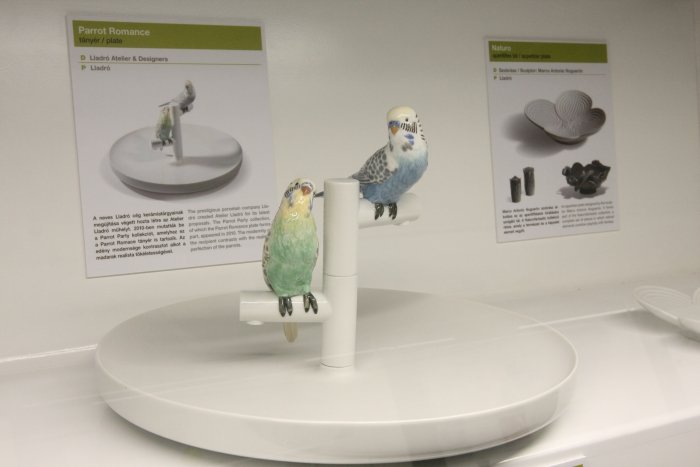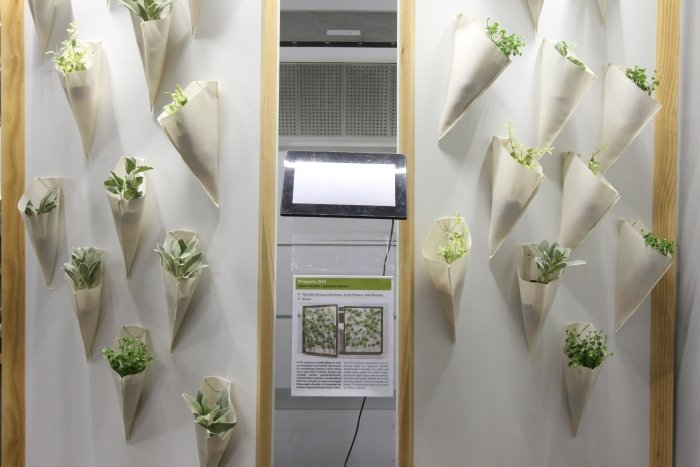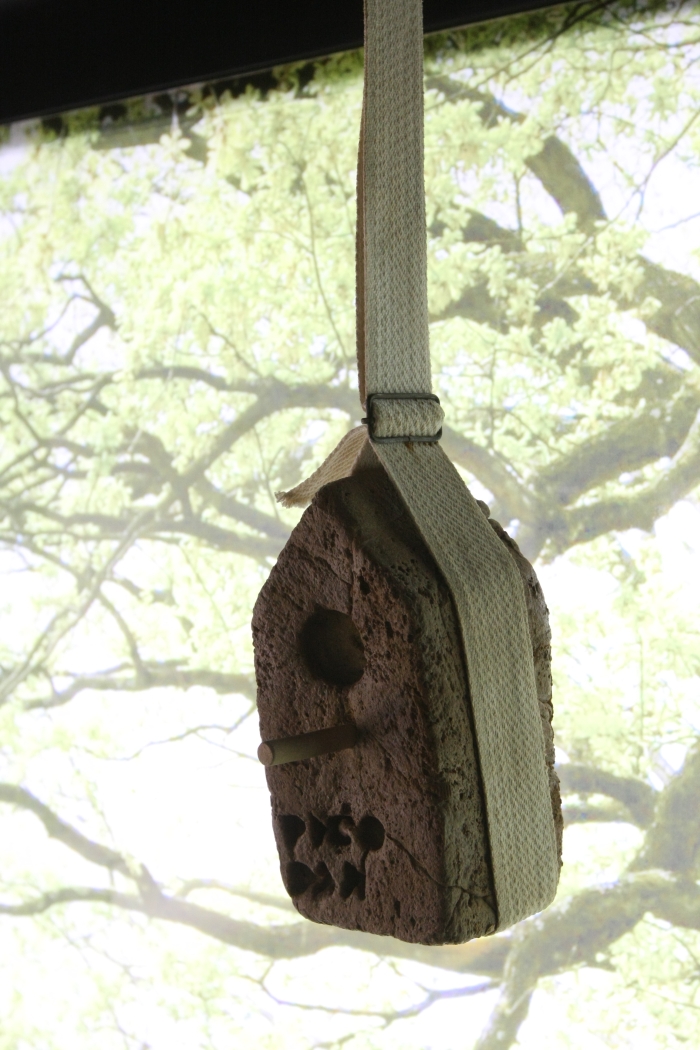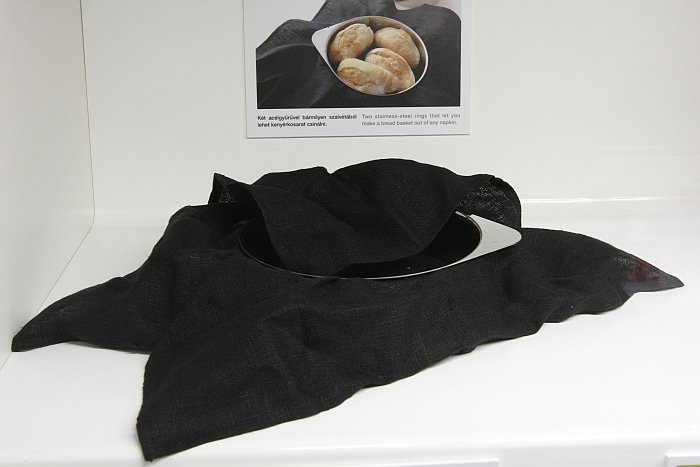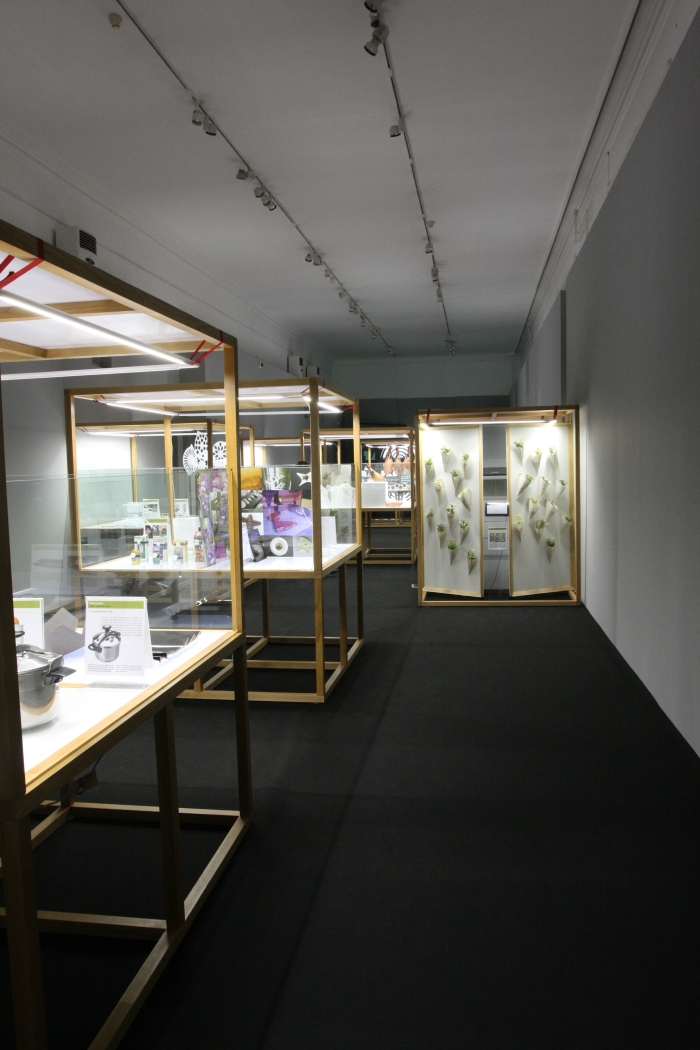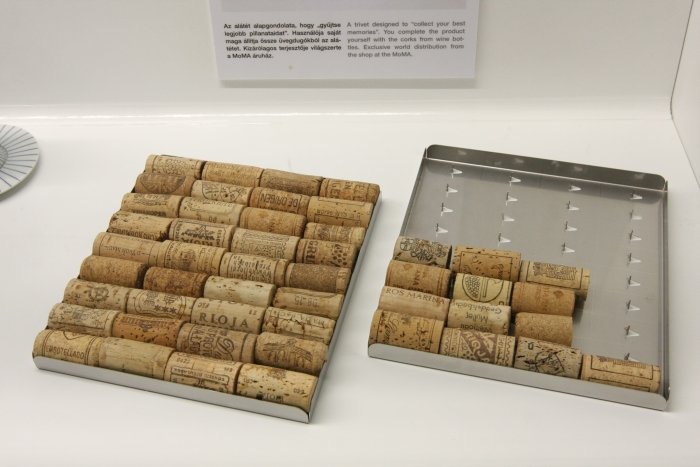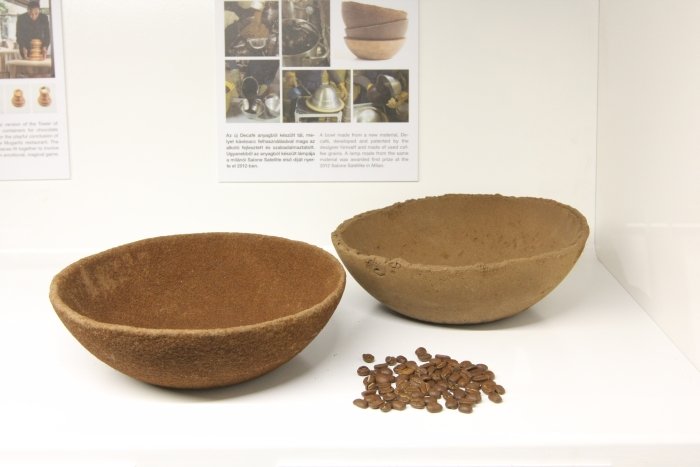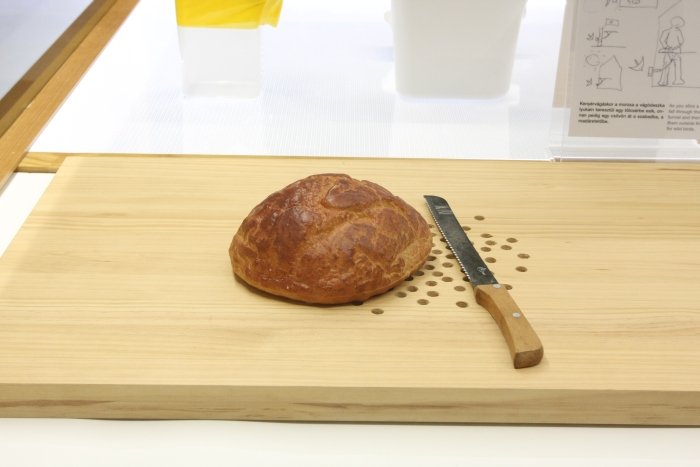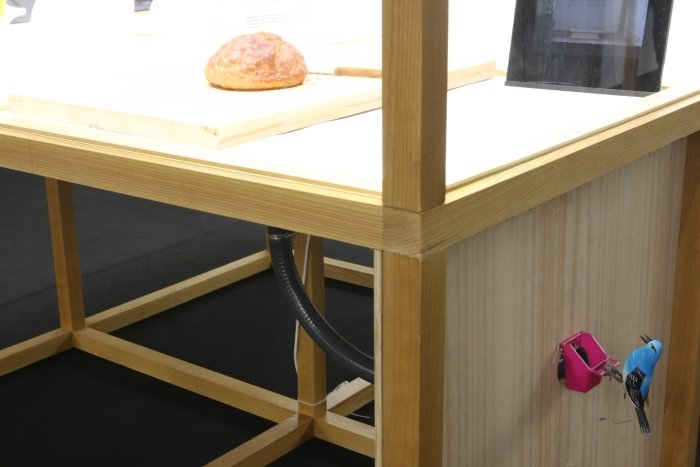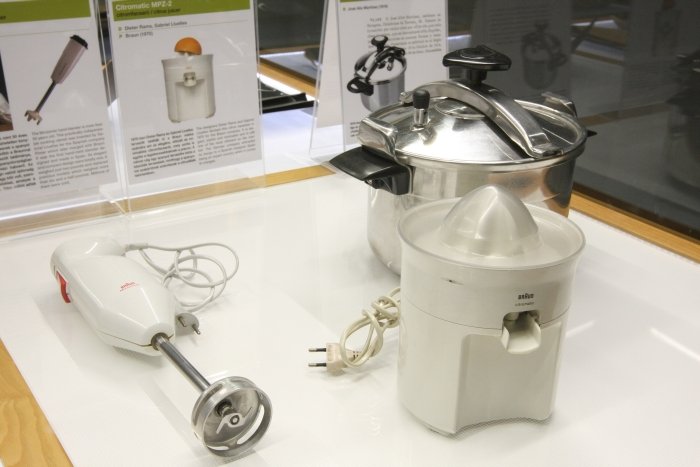As many of our regular readers will be aware, we don't like food design.
We would say "we can't stomach it", however, that would draw more attention to the subject than it could ever deserve.
We're particularly wary of Spanish food design, and the connections that invariably raises to some of the most senseless, egoistic and narcissistic episodes in the recent history of cuisine. Even writing that sentence brings us out in a rage.
That said, we've long sought a chance to view the exhibition "Tapas - Spanish Design for Food"
And with Spain being the guest country at Budapest Design Week 2015, that chance finally came.
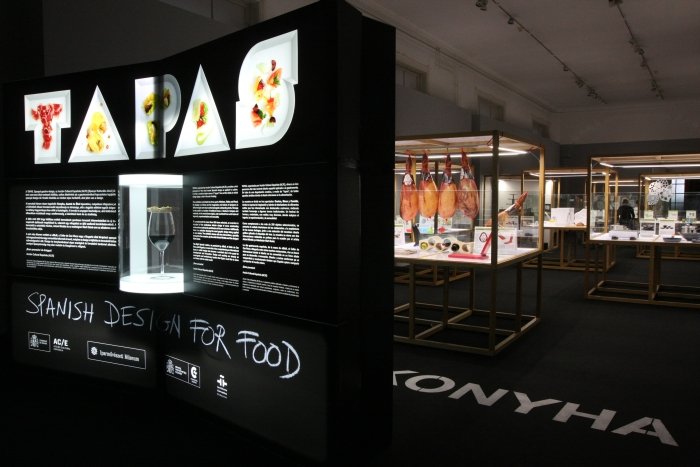
Organised by the publicly funded Acción Cultural Española and curated by the Barcelona based architect Juli Capella Tapas - Spanish Design for Food was conceived as a travelling exhibition to promote Spanish design in context of food.
Not "food design". But "design in context of food". And thus is an exhibition with only very little navel gazing.
Divided into three sections exploring food preparation and kitchen utensils, objects required for eating and drinking and design with food, Tapas features - much like the Spanish cuisine - a unashamed mix of the traditional, the contemporary, the conservative, the adventurous, the piquant, the dull, the stereotyped, the unexpected and Jamón serrano.
Although on account of many of the displayed objects lacking either any discernible design credentials or any obvious merits, other than being Spanish, one does occasionally have the impression of being at trade fair rather than a curated exhibition: there are a few genuine highlights and a few moments which make one stop and understand that despite the generations for which we have been eating and drinking, design can still help make it easier, more enjoyable and more socially responsible.
Moments such as the stabmixer. Although with his 1959 Minipimer Gabriel Lluelles didn't invent the stabmixer per se, he did improve the aesthetics of the object, thus its acceptability, encouraged its mass appeal and ultimately forced Braun to fuse with his Spanish employer Pímer to ensure the rights to his design and thus a new market segment. A new market segment which has proved very profitable for Braun. Throughout the 1960s Gabriel Lluelles was employed by Braun and worked closely with Dieter Rams on numerous projects and products.
Moments such as romancing parrots. The last time we saw a porcelain parrot from the kilns of Valencian manufacturer Lladró, it was preening in an advantageously placed High Container from Sebastian Herkner in the VitraHaus. The Romancing Parrots plate from Lladró is an utterly pointless creation - and one of the most endearing, enchanting and captivating objects we have seen in a long, long time. It is millimetres away from kitsch, but somehow just manages to skirt by.... probably because its main protagonists are more interested in each other than you.
Moments such as Curro Claret. A few years ago we had the pleasure of attending a lecture/clown show by and from the Catalan industrial designer Curro Claret, an event which remains etched on our memories, not to mention our consciences, and in which Curro succinctly and intelligently explained a designer's social responsibility. One of the projects he presented that evening was Bird Crumbs - a combination bread board and bird feeder. And an object which simply cannot work in 99% of locations, but which in its simplicity and humour perfectly explains the ease with which we can all organise our kitchens so as to reduce waste. We've since seen further projects from Curro Claret but Bird Crumbs remains for us one of those defining moments. And has now been joined in our esteem and admiration by the fruit bowl Malla. Malla is a metal frame on which you can hang the net in which your oranges are purchased. Thus making the net the bowl and negating the need for a further object. But, we hear you cry, what about the metal frame, that's an object? Yes, it is, we reply, but think further, extend the idea and see where your thoughts take you.
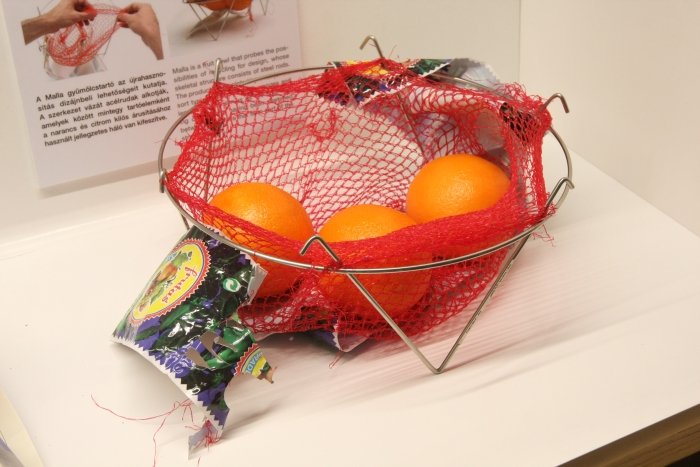
The very end of Tapas - Spanish Design for Food as presented in Budapest does include a small food design installation, and there are yes a few references throughout the exhibition to some of the more unsavoury, unpalatable, things that happen when creatives and food meet under commercially exploitative conditions, but don't let that irritate you. For the most part the exhibition understands that food and drink are essential for survival, that eating and drinking are daily processes that should be enjoyed with comfort and ease but not pretence, and for all that one doesn't play with ones food and that food it is too precious a resource to be handled frivolously. And that design can help us achieve all that. Spanish or otherwise.
Tapas - Spanish Design for Food runs at the Museum of Applied Arts, Üllői út 33-37, 1091 Budapest until Sunday October 4th
A few impressions:

